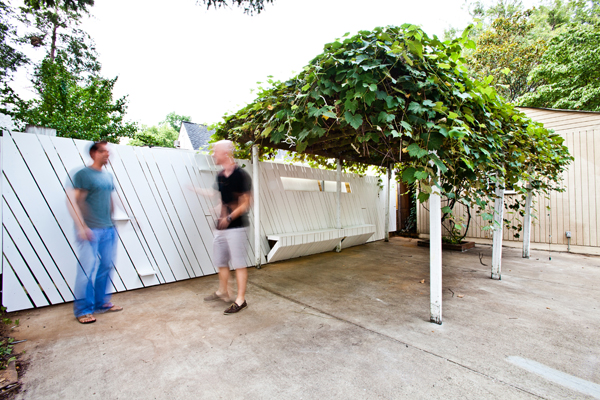Photography is as much science as it is art, and there are three major variables you must have a working knowledge of on the technical side of making a proper exposure: shutter speed, aperture, and ISO. These are the foundations of the photographic process, so this is a great guide for beginner photographers. You may already know some of this information if you’ve been photographing for a while, but you may also learn something new! The good news is, this is the first of four posts in this informative series, and today, we will cover shutter speed.
SLR cameras have a mirror that covers the sensor and lets you see through your lens from the viewfinder. When you press the shutter release button, the mirror moves for a period of time. That period of time is the shutter speed.
The math is pretty simple on this one. If your shutter speed is twice as fast, you will let half the amount of light hit the sensor. So, a shutter speed of one second is twice the amount of light as ½ second, and four times the amount of light of ¼ second. Easy, right?
Each time you double the light you bring the exposure up one “stop.” And each time you half the light you bring the exposure down one stop.
In practice, your shutter speed has a lot to do with getting a correct exposure and how your image looks.
You can use a fast shutter speed in very bright situations, like taking a photo of a very bright sky, or the sun as it is rising. Sports photographers use fast shutter speeds — 1/1000 second or more — to freeze the action. Athletes can move very quickly and slower shutter speeds result in blurry subjects.
 Shot at 1/1,600 second. You can still see some motion blur in the ball.
Shot at 1/1,600 second. You can still see some motion blur in the ball.
Wildlife photographers also often need fast shutter speeds to capture birds in flight or animals that move quickly. The shutter speed depends on how quickly your subject is moving, but again 1/1000 or faster is very common for wildlife.
Slow shutters speeds are useful if you would like to show motion.
A little bit of blurriness in the subject or background can give a sense of movement. By using a slower shutter speed and panning with your subject, say 1/60 second for a racecar passing by, you can convey the speed at which the car is moving. In low light situations a slow shutter speed may also be useful, like nighttime landscapes. If you use a tripod, you can still get a sharp image using a slow shutter speed. Even in a very dark place, you might be surprised at the amount of light you can gather into your photo with a long shutter speed.
 Shot at 0.8 seconds on a tripod. Even a little movement in the subject will look blurry.
Shot at 0.8 seconds on a tripod. Even a little movement in the subject will look blurry.
Here are some other useful tips for setting your shutter speed.
If you’re hand-holding the camera and not sure where to start, use the inverse rule.
A 30mm lens needs a 1/30 second shutter speed, while a 100mm lens needs a 1/100 second shutter speed. If you use a shutter speed that is too slow while holding the camera, say a 1/30 of a second at 100mm, there’s a good chance you won’t be able to hold it steady enough to get a sharp image. The longer the lens, the faster your shutter must be to eliminate camera shake. This is a loose rule because some people have steadier hands than others and because image stabilization technology has compensated for some camera shake.
For portraits, my rule of thumb is 1/60 of a second or faster.
No matter whether you are hand-holding the camera, the camera is on a tripod, or you’re using a short focal length (shorter than 60mm, using the inverse rule), you need a shutter speed fast enough to freeze your subject. When someone is standing still posing for a photo 1/60 of a second is usually fast enough to get a sharp photo free of any motion blur.
My shutter speed guidelines are based on my experience and came from many blurry sports photos and not-so-sharp portraits.
Come back to the Craftsy Blog tomorrow for tips on how to use exposure compensation to take better photos.
What kind of shutter speed guidelines have you discovered doing your type of photography?




Share tips, start a discussion or ask one of our experts or other students a question.
No Responses to “Building Blocks of the Photographic Process: Shutter Speed”